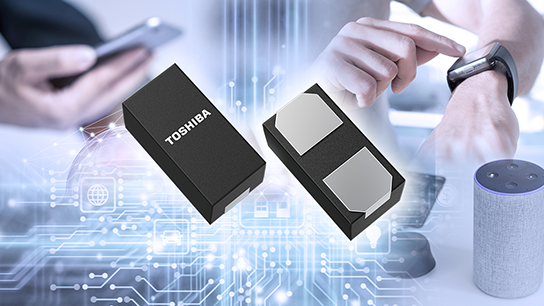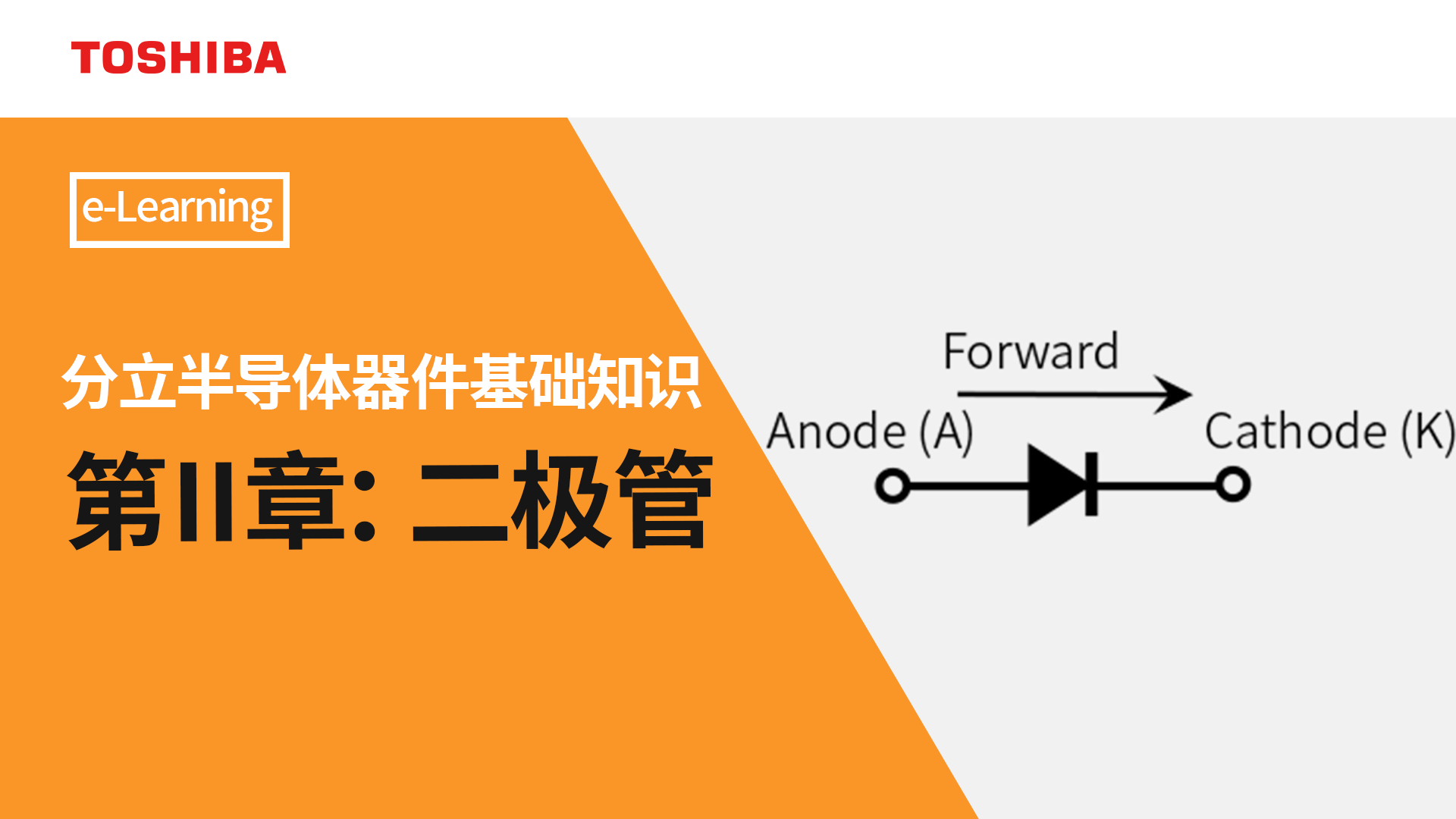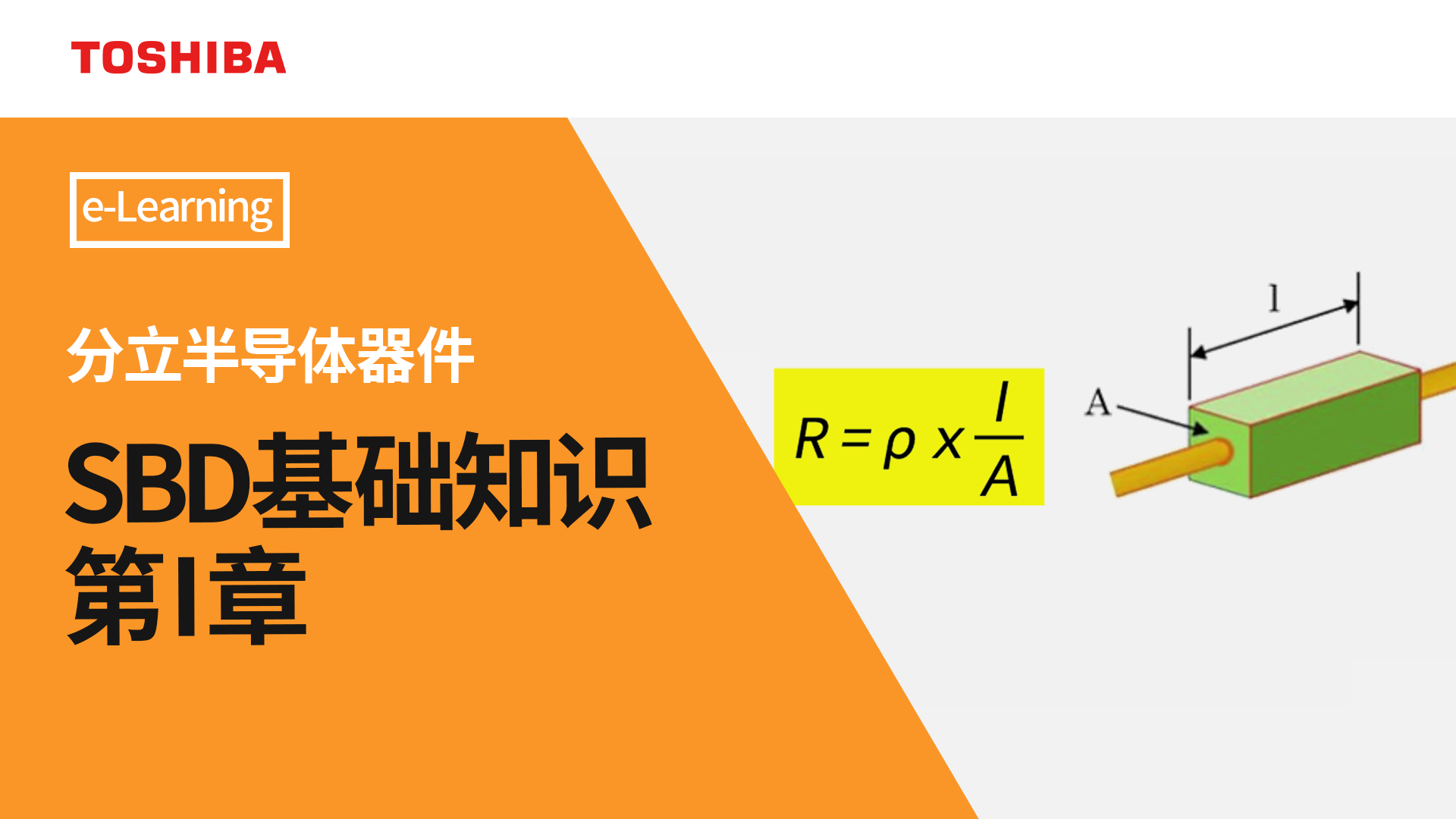- 型号 & 关键词搜索
- 交叉搜索
- 参数搜索
- 库存查询与购买
This webpage doesn't work with Internet Explorer. Please use the latest version of Google Chrome, Microsoft Edge, Mozilla Firefox or Safari.
请输入3个以上字符 Search for multiple part numbers fromhere.
The information presented in this cross reference is based on TOSHIBA's selection criteria and should be treated as a suggestion only. Please carefully review the latest versions of all relevant information on the TOSHIBA products, including without limitation data sheets and validate all operating parameters of the TOSHIBA products to ensure that the suggested TOSHIBA products are truly compatible with your design and application.Please note that this cross reference is based on TOSHIBA's estimate of compatibility with other manufacturers' products, based on other manufacturers' published data, at the time the data was collected.TOSHIBA is not responsible for any incorrect or incomplete information. Information is subject to change at any time without notice.
请输入3个以上字符
热量如何改变二极管的特性?(温度特性)
开关二极管的正向电压VF随着温度升高而降低。反向泄漏电流IR随着温度升高而增大。
半导体器件的电气特性通常对环境温度和工作结温敏感。 Si二极管的特性在工作范围内通常如下变化。
- 开关二极管的正向电压VF随着温度升高而降低。
- 反向漏电流IR随着温度升高而增大。

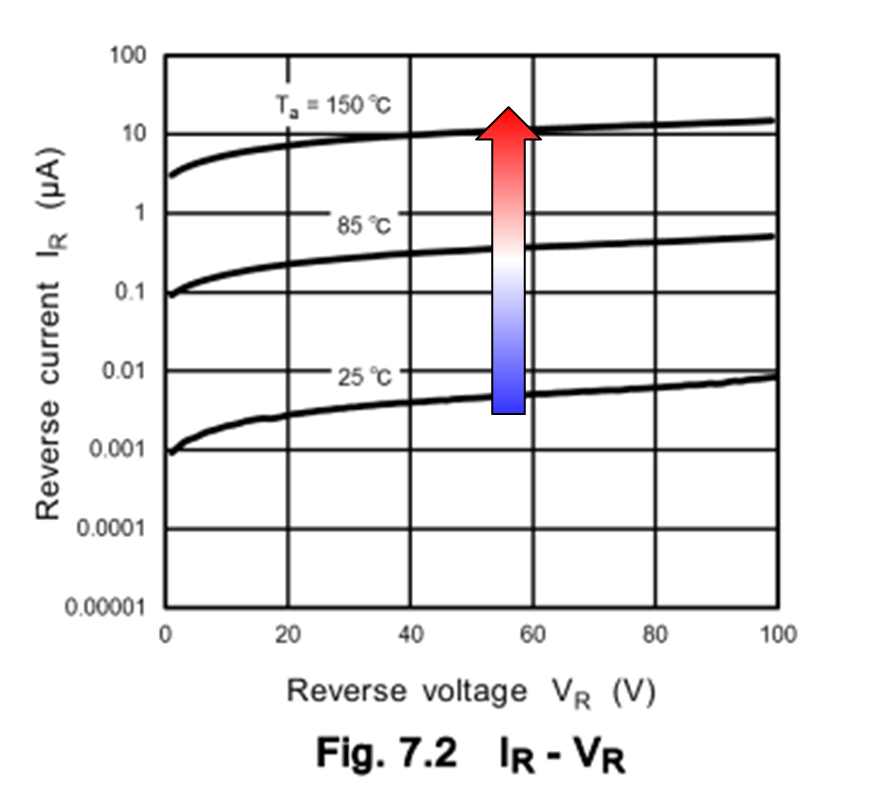
二极管之所以如此,主要有以下原因:
- 电阻变化:热量加强了原子的晶格振动,阻碍了电子的扩散。
- 传导电子数量的变化:热量增加了供体电子的能量,使其更容易被激发为导体。
由于强键合,碳化硅(SiC)作为一种宽带隙(WBG)半导体,比硅更受晶格振动的影响。 由于宽带隙(WBG),供体电子在碳化硅(SiC)中比在硅中更不易被激发。因此,硅二极管和碳化硅二极管在其通常使用的电流范围内具有不同的温度特性。
下面显示了硅和碳化硅肖特基势垒二极管(SiC SBD)的IF–VF曲线。
对于硅肖特基势垒二极管,正向电压(VF)随着温度升高而降低。相反,对于碳化硅肖特基势垒二极管,VF随着温度升高而增加。在较高的IF下,硅和碳化硅肖特基势垒二极管的正向电压(VF)会随着温度升高而升高。
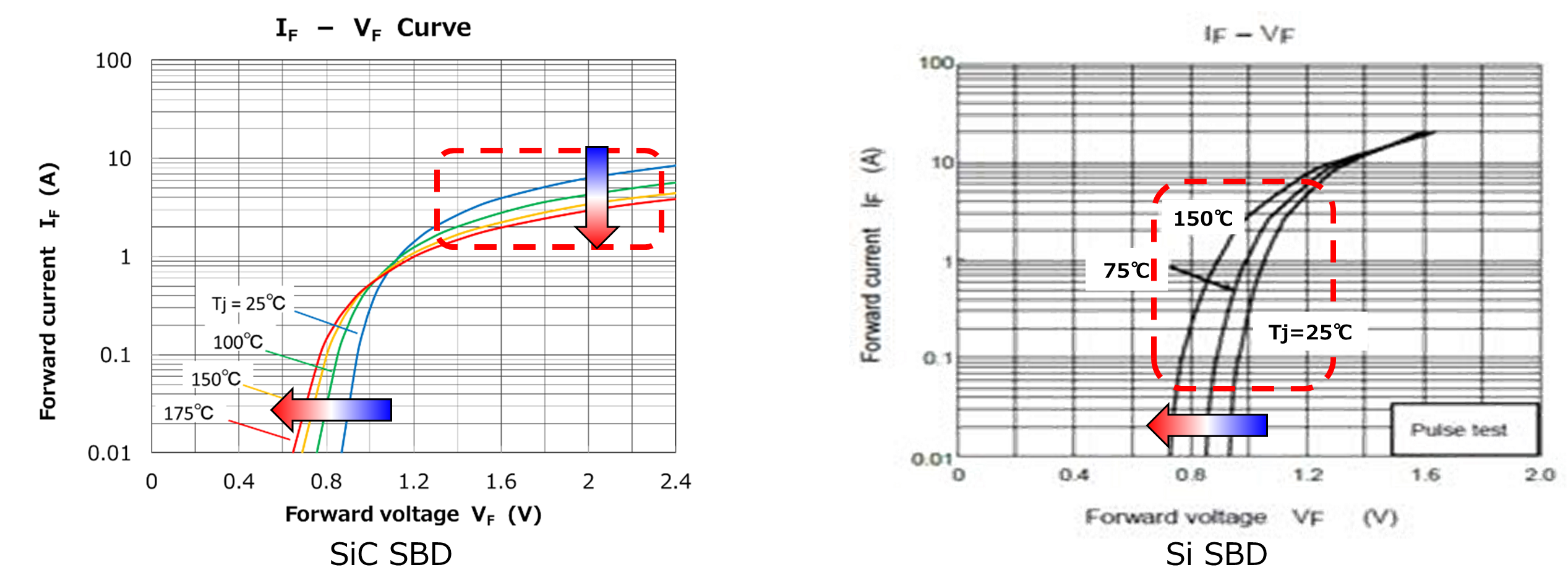
刚以肖特基势垒二极管为例进行了说明,但如图1所示,pn结二极管也显示出相同的趋势。由于上述温度特性,硅二极管比碳化硅二极管更容易发生热失控。
在电路设计中,需考虑电气特性的温度依从关系。
相关链接
关于产品,请参考以下链接.


